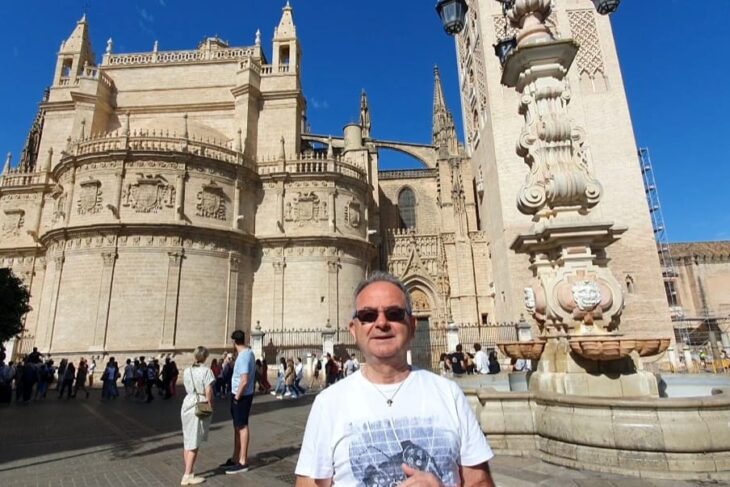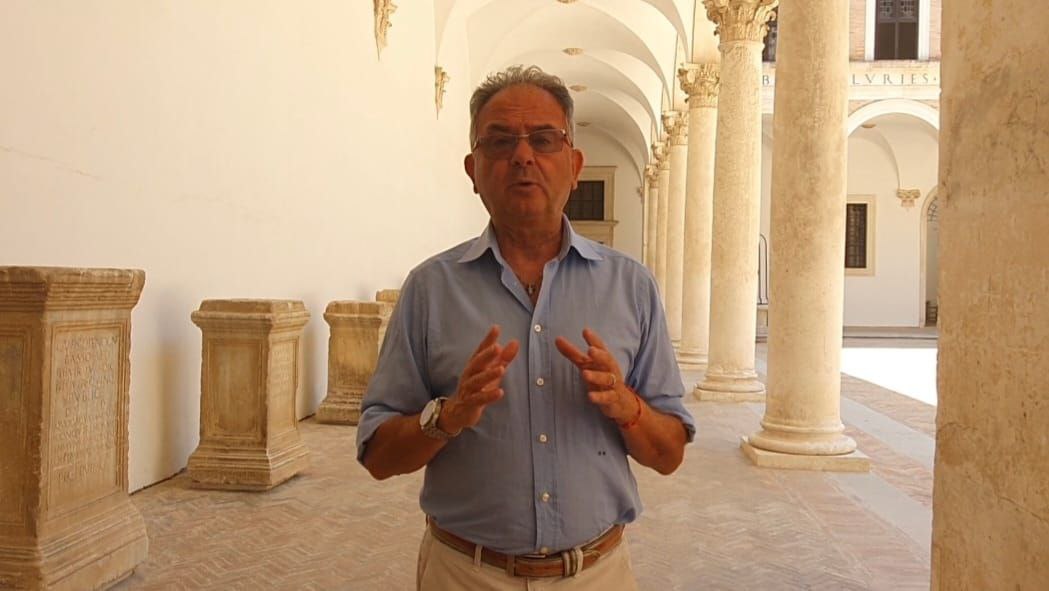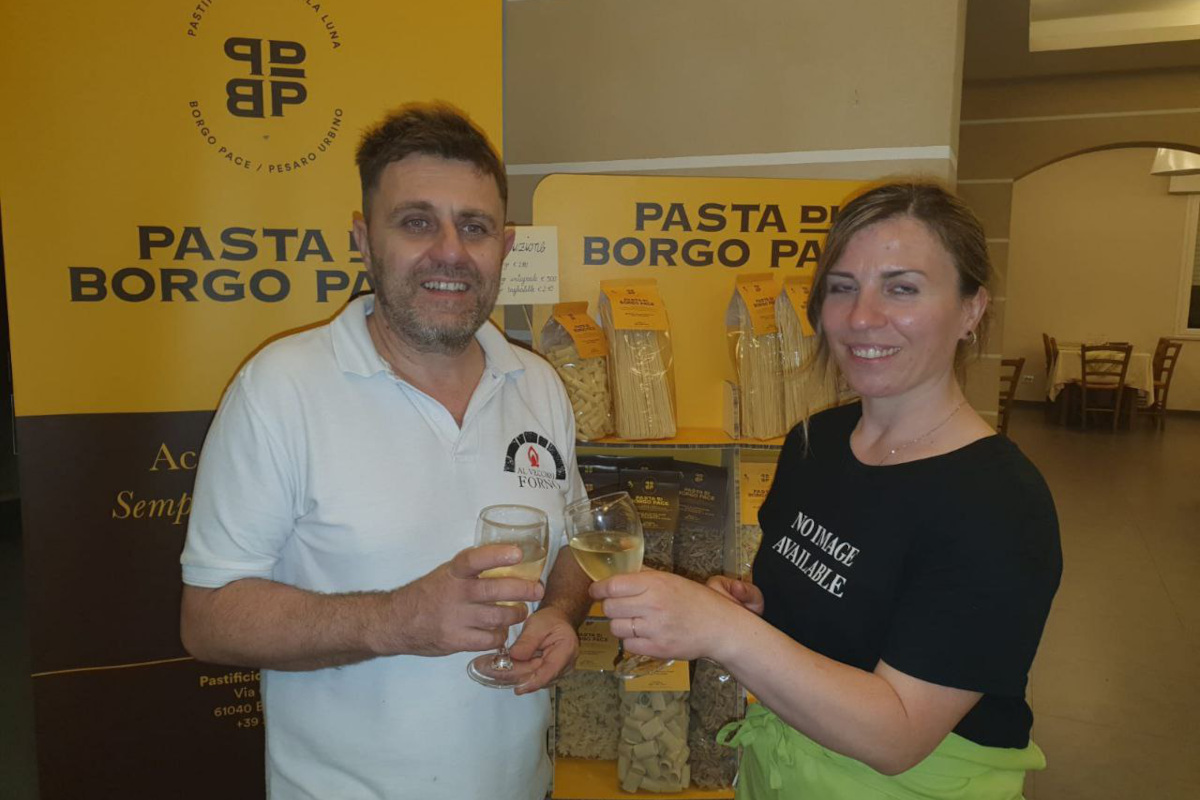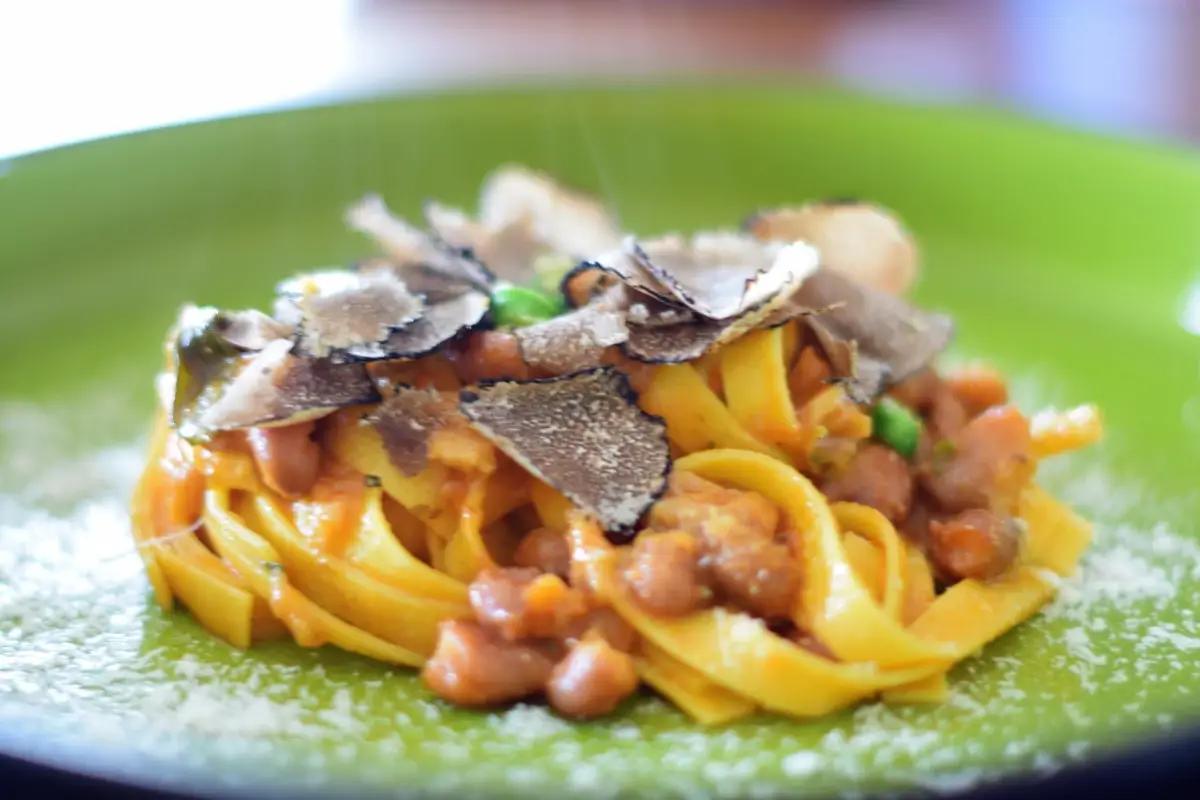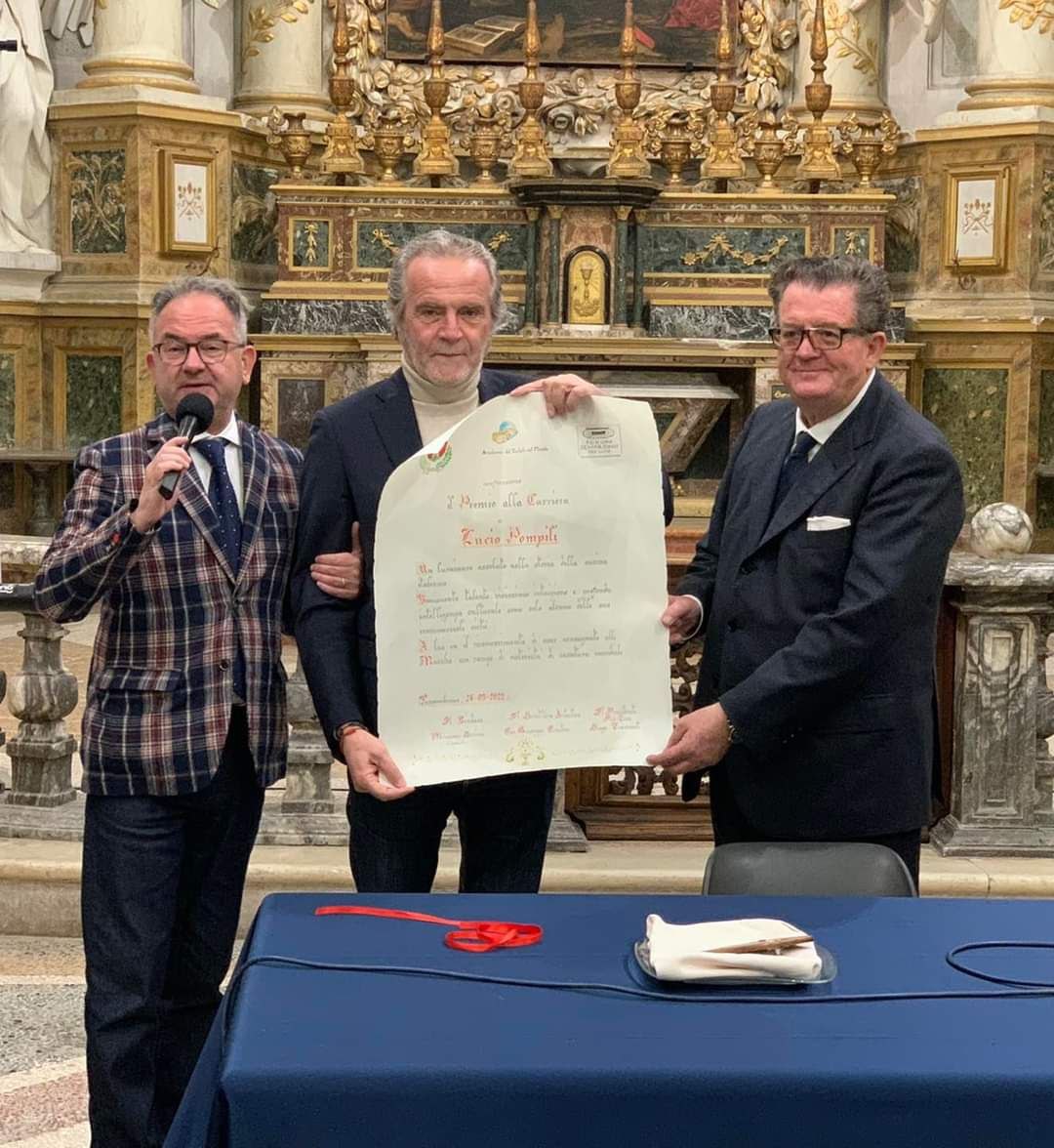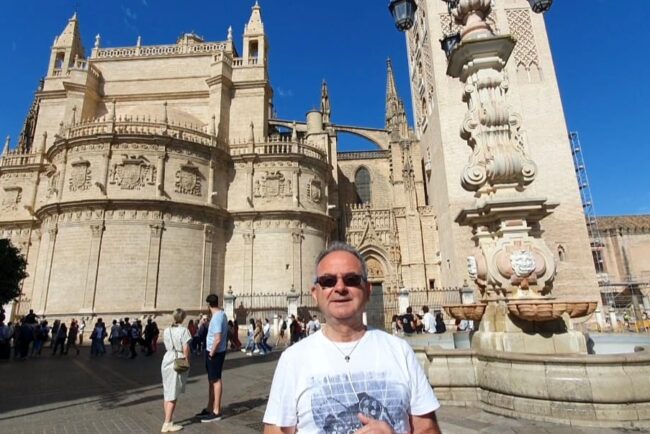Dig anywhere on the earth and you will find a treasure – only you have to dig with the faith of a farmer.
Kahlil Gibran.

Our Italian lands, rich in stories and ancient traditions that characterize the mysterious treasures of our culture, offer partnerships that go beyond the concept of territoriality or the bell tower, to gain that horizon of universal values that make pulchritudo their vital center, from which everything that exists takes its meaning. In our Italian countries, in addition to the syntonies of production and work that distinguish our traditions, we can see other equally profound ones that go well beyond the meaning of regionality or the context of territoriality that characterize them. Even the Roman myth, which narrates the mysterious origin of the truffle at the base of which Jupiter who had thrown the lightning to the ground, has its origin from the fact that the truffles consumed by the Romans were found above all near the oaks, plants sacred to the cult. Celtic and were frequently struck by lightning, the prerogative of the father of the gods. A seductive explanation that presents the fruit of the earth wrapped in a mysterious charm, capable of explaining the preciousness of the famous underground mushroom that characterizes the lands of Alba as much as those of Sant’Angelo in Vado and Montefeltro.
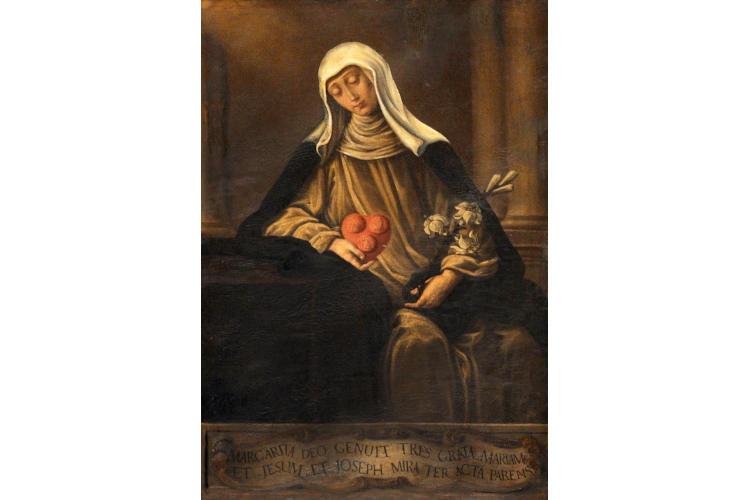
Santa Margherita della Metola 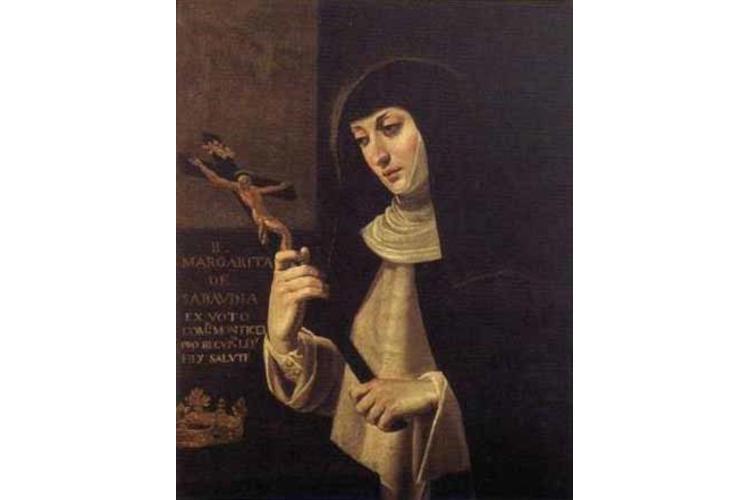
Beata Margherita di Savoia
It is interesting to see how in these common Celtic and Roman traditions the Christian culture has constituted bridges such as to underline some commonalities and harmony between these cities, such as the adventure of the Christian mysticism expressed by two medieval women, both Dominican tertiary women who contributed to the promotion of their city: Beata Margherita di Savoia (1390-1464) in Alba and Santa Margherita della Metola in Mercatello sul Metauro. The name Margherita, proper to both women, derives from the Greek Margaritès which means pearl. The name, given to emphasize the brightness and beauty, only took on the meaning of the daisy flower in the Middle Ages and since then has above all a botanical reference. Blessed Margherita of Savoy was counted among the tutelary saints of Alba in 1670, in the year of her beatification. The result of the experience of Margherita di Mercatello on the Metauro (1287, 1320), the blind woman of Metola.

